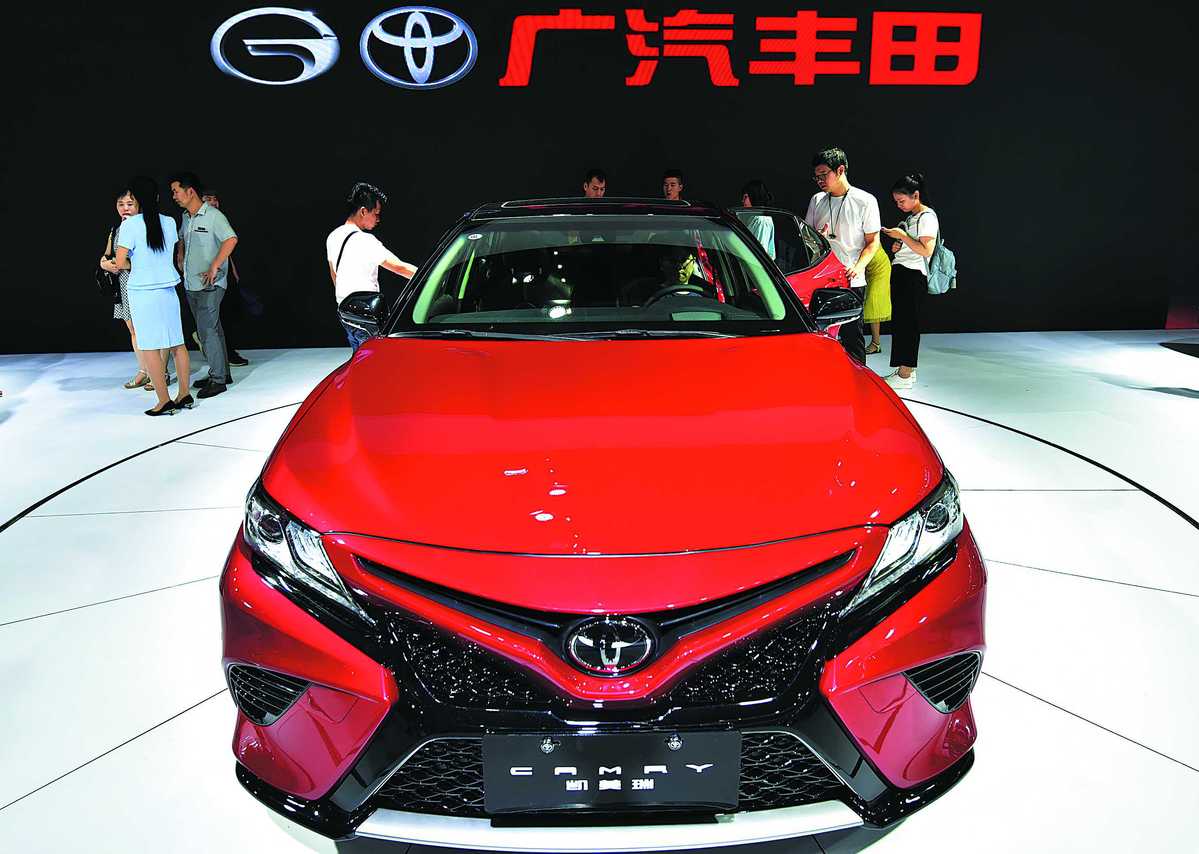Carmakers urged to focus on design as motor market matures

Survey reveals recent dip in quality after years of considerable progress
Carmakers in China have been keen on upgrading manufacturing, but now need to focus on improving the designs of their vehicles if they wish to see future success, according to market research company JD Power.
A recent study from the company shows that after years of significant progress, the quality of new vehicles manufactured in China saw a dip this year, with 105 problems per 100 new vehicles reported-two more than in 2017.
The findings were based on responses from 33,404 vehicle owners who purchased their cars between June 2017 and May 2018. The survey covered 285 models of passenger vehicle from 77 different brands, both Chinese and foreign.
The dip in quality this year was the result of an increase in design problems such as inaccurate navigation, Bluetooth pairing problems and audio systems that are difficult to use, said Jacob George, vice-president and general manager of JD Power Asia Pacific.
The survey revealed that over the past three years, problems related to defects or malfunctions have dropped by two per 100 vehicles, whereas design-related problems have increased by five per 100.
"It is predictable that with the increase in the installation of smart, connected in-vehicle devices, design problems will be more critical to the usability of the car," George said.
This is a sign that China is maturing as an automotive market, he added, as these problems are more usually associated with developed markets such as the United States.
Design and usability are also things that Chinese carmakers should stress as they catch up with international automotive giants, according to George.
JD Power statistics show that Chinese carmakers had 15 more problems per 100 new vehicles than international brands this year, a significant drop from 101 more problems back in 2011. George expects the gap to disappear completely around 2020.
"Now as manufacturing issues are getting better and better, design issues are what they need to focus on," he said. One disturbing finding in the Chinese market is that new energy vehicles have far more problems than conventional ones.
Some of the most frequent complaints mention air conditioning that doesn't achieve or maintain desired temperatures, engines that loses power when the air conditioning is switched on and seat materials that scuff easily.
A separate JD Power study found that consumers also complain about the range of their electric vehicles and it taking longer than expected for the batteries to fully charge.
"So when you buy a new energy vehicle, you have the types of problems that regular vehicles have, plus unexpected problems because it is a new energy vehicle," said George.
He urged makers of new energy vehicles in China to focus on extending the range of their automobiles and to facilitate charging before the Chinese government stops subsidies to the sector by the end of 2020.
"Without any change in the range, if the subsidy is taken out, we do anticipate a drop (in new energy vehicle sales)," said George.

